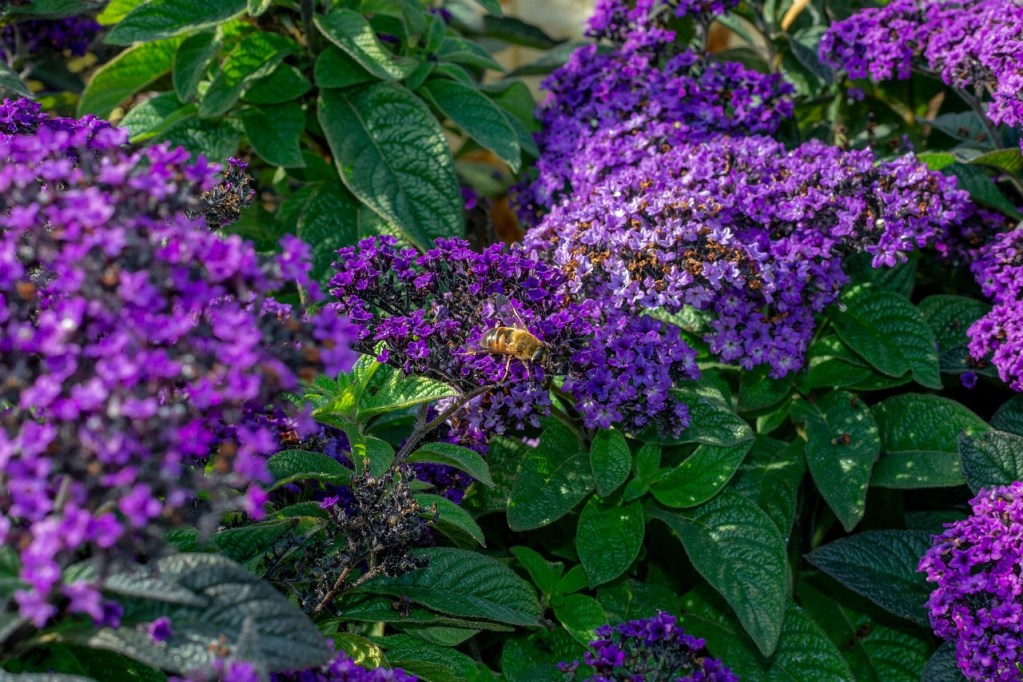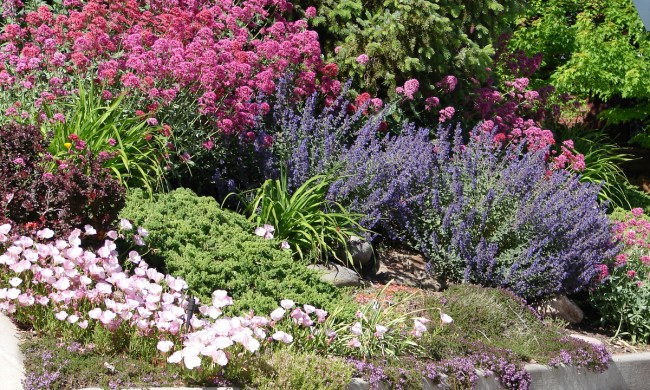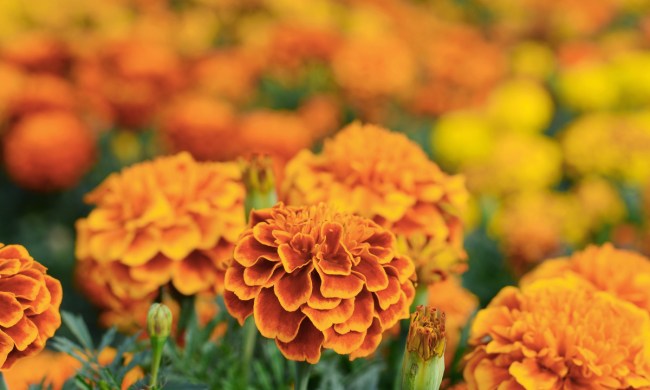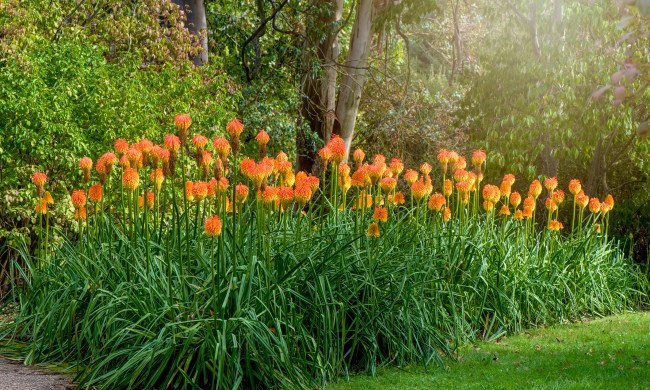A spring flower garden bursting with colorful flowers and delightful smells is the dream for many gardeners, but so many flowers fade before summer even begins. If you want a flower with long-lasting blooms and an incredible smell, then heliotrope might just be the right choice for you. Heliotrope flowers are beautiful and easy to care for, so why not add them to your spring and summer flower gardens? Here is everything you need to know about planting and caring for heliotrope flowers.
What is heliotrope?

Heliotrope is an herb in the borage family. While it has relatives native to many different places, the most common garden variety, Heliotropium arborescens, is native to South America. It can grow as a perennial in warmer climates, but in the U.S., it typically grows as an annual. The flowers of this plant are a vibrant purple and they can be seen throughout spring and summer, with some cultivars even blooming into fall.
You might also find heliotrope flowers under the name cherry pie plant. This is in reference to the distinct smell of the flowers, which is fruity and sometimes compared to almonds. This pleasant smell can sometimes lead curious children to try chewing on heliotrope, but you should be careful not to allow this! Heliotrope is toxic to both animals and people, and while it’s unlikely to cause serious problems unless eaten in large quantities, it’s better to be safe than sorry.
Planting your heliotrope

Choose a planting location where your heliotrope will be in full sun. You can grow heliotrope in containers or in a garden, but if you plan on growing heliotrope in a container, be sure it is large and has plenty of drainage holes. Heliotrope flowers do not handle wet feet well, so be sure your potting soil or garden soil is a well-draining type. Avoid planting heliotrope in dense, clay-heavy soil that retains water. Ideally, your soil should also be rich in nutrients and organic matter.
Due to its enticing smell and toxicity, we recommend taking precautions when planting heliotrope to keep children away from it. For container gardens, this might mean placing it on a high shelf or tall table. In gardens, you may want to consider installing a garden fence to limit the risk.
Heliotrope care

Water your heliotrope when the soil is dry, and avoid watering it if the soil is still moist. Heliotrope can tolerate droughts, but it’s easy to overwater, so take care. If you’re growing your heliotrope flowers indoors, be sure the plant is getting enough light. Heliotrope needs lots of sun to thrive, so if your home doesn’t have a sunny window, you may need to supplement it with a grow light. Keep your indoor heliotrope away from drafty windows or air vents that might blow cold or dry air onto the plant. Certain common houseplant pests, such as mites, thrive in these cool, dry conditions and can weaken your heliotrope.
Pinching, pruning, and deadheading will make your heliotrope grow bushier and bloom more, so while it isn’t technically necessary, it is beneficial. Pinching and pruning involves pinching or clipping stems that are growing too long or are diseased or damaged, while deadheading is the process of removing wilted or faded flowers.
Heliotrope flowers are gorgeous, smell lovely, and are surprisingly easy to grow. As long as you can keep these flowers warm and somewhat dry, they’re sure to thrive. Whether you want to grow them in your container flower garden or outdoors, heliotrope is a great choice. Both beginners and experts can grow heliotrope flowers successfully, just remember to keep them away from young children who might want to take a bite of these delicious-smelling flowers!




